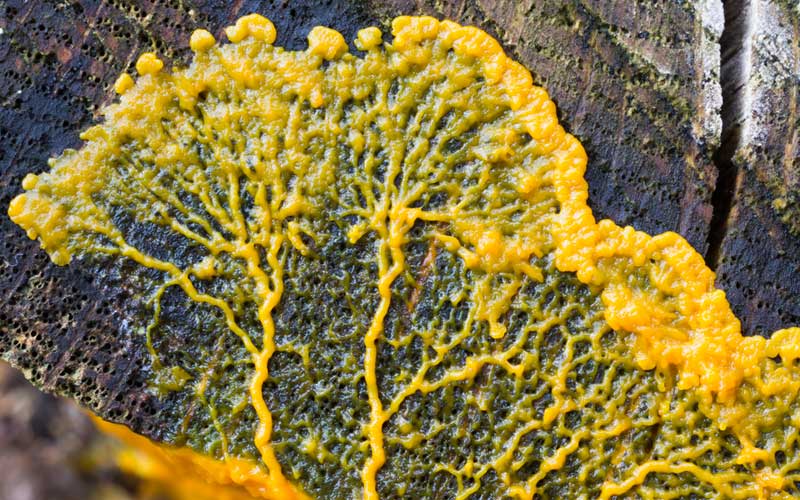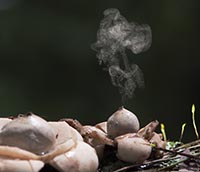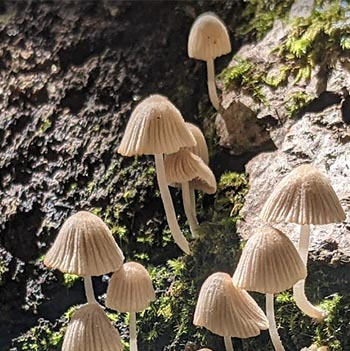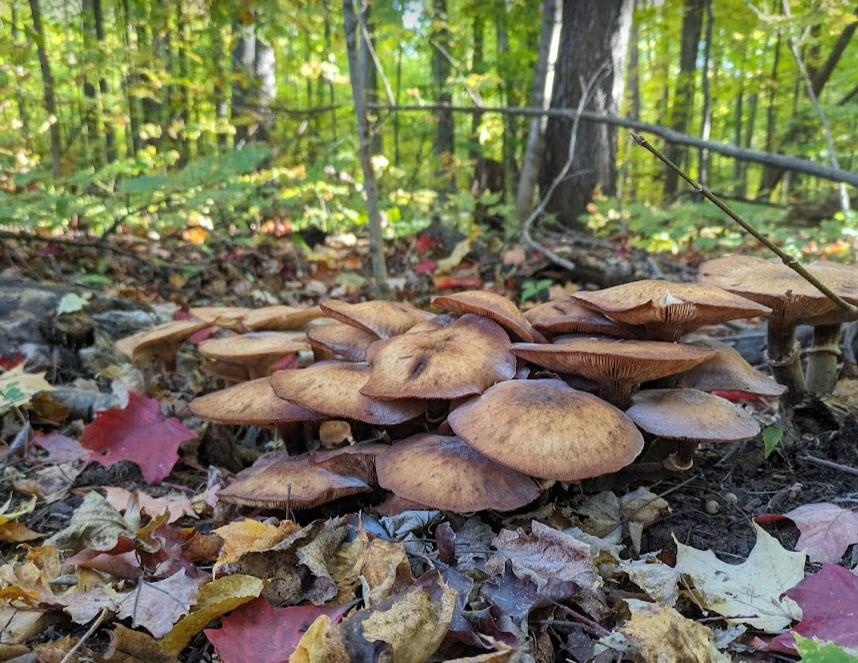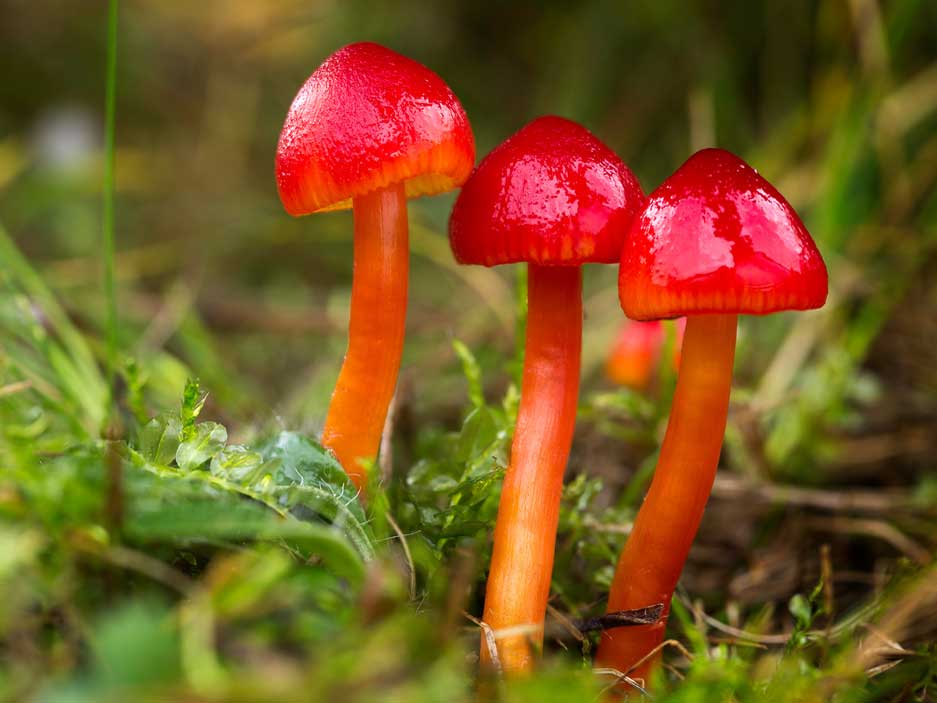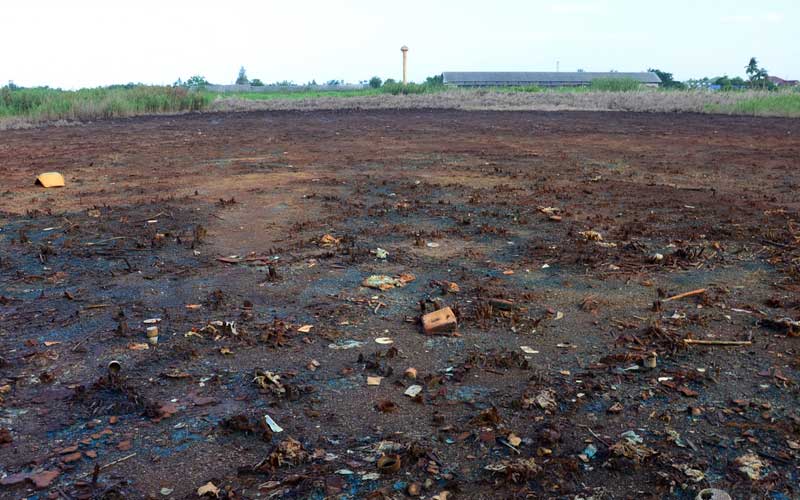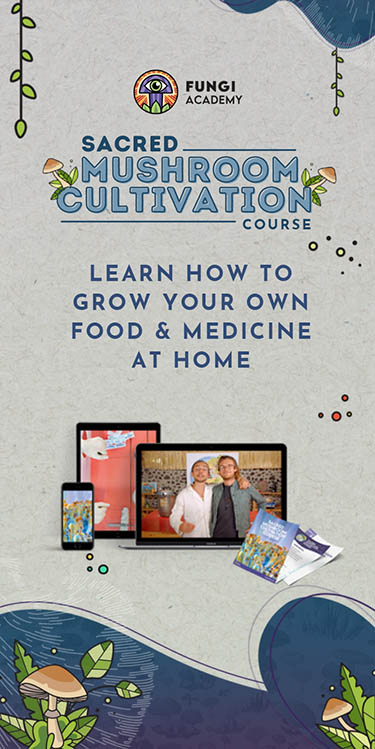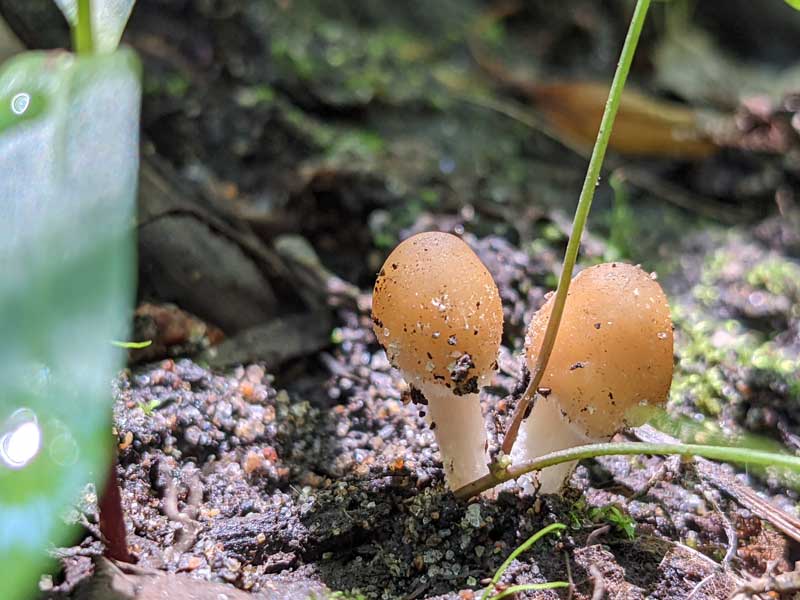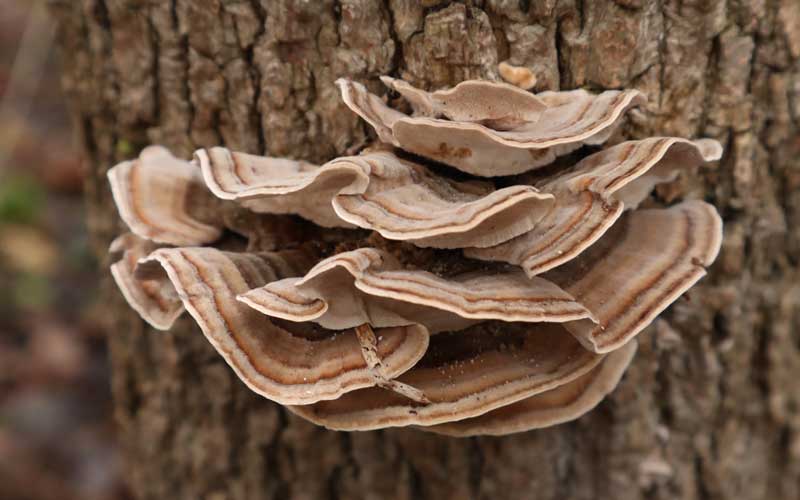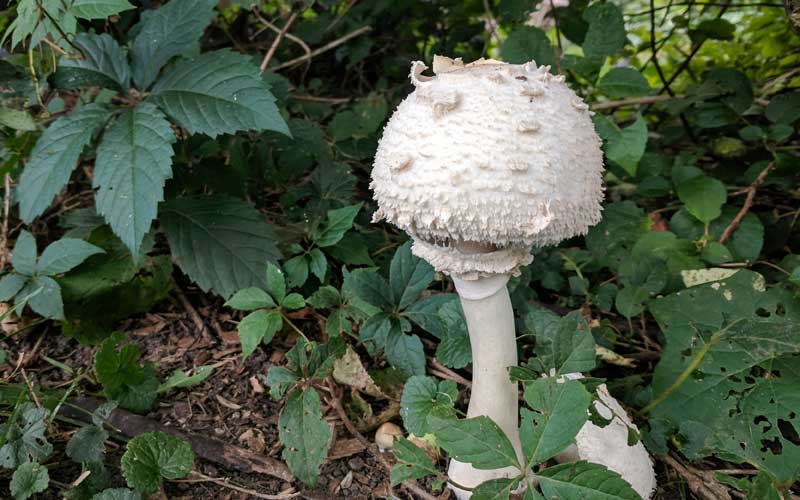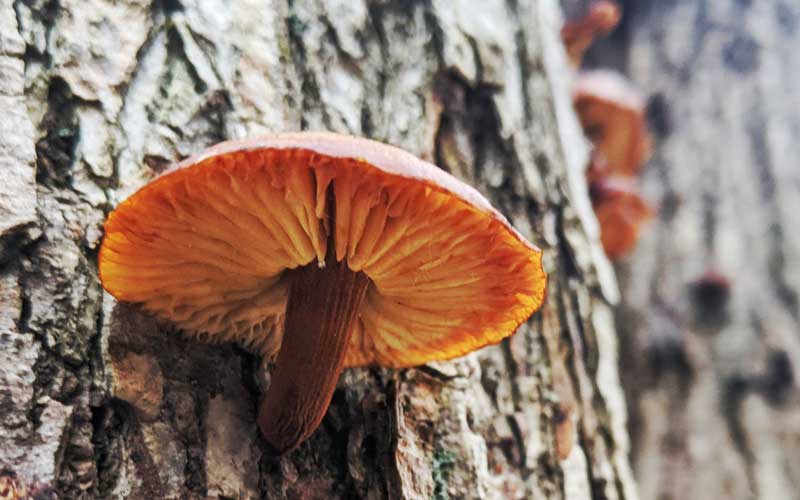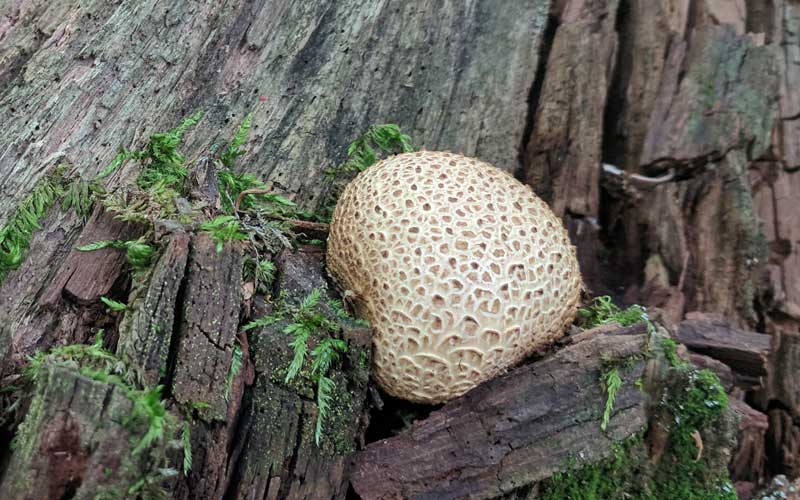- Home
- Mycelium Intro
- Mycelium Intelligence
4 Ways mushroom mycelium and fungi challenge our definitions of intelligence.
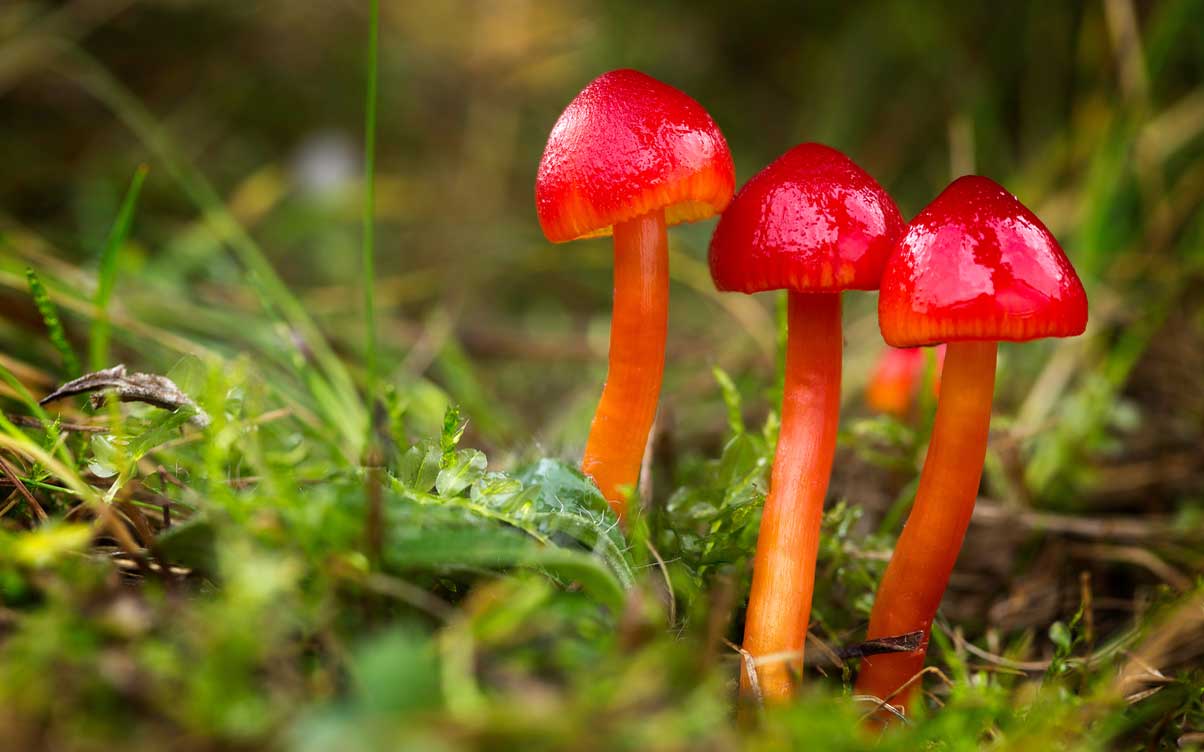
As a species we really struggle to define intelligence in a way that embraces any living thing that isn’t human.
Humans are unique self-centered. We see ourselves as the pinnacle of evolution, separate and special, with every other species beneath us.
We can barely bring ourselves to acknowledge that even primates, whales or dolphins might be intelligent.
As for plants or fungi, forget about it.
We also have another problem. We often lack the imagination to be able to perceive intelligence as being distributed. For us, intelligence must reside in one place, within the human brain.
Fungi? Could fungi be smart?
Could networks of mycelium in the soil beneath our feet facilitate a larger, distributed intelligence?
To help expand our own perceptions of what it means to be intelligent, let’s look at a few ways in which mycelium demonstrates something at least akin to intelligence.
If nothing else, it appears that fungi have senses, and make choices.
Fungi can solve complex problems.
A number of experiments have shown that slime molds can solve complex puzzles. And yes, molds are fungi.
Researchers in Japan created a maze of the kind you'd use to test the problem-solving skills of a mouse, but smaller. With no food anywhere in the puzzle, the mold simply fills all the available space.
But if you place an oat flake at the start and the end of the puzzle, the mold will find the shortest distance between the two, and ignore the rest of the maze.
According to lead researcher, Toshiyuki Nakagaki, "This remarkable process of cellular computation implies that cellular materials can show a primitive intelligence".
Toshiyuki Nakagaki conducted another experiment, where he created a surface that represented the great Tokyo area, and then placed oat flakes at the points of the largest population centers… the larger the population, the greater the number of flakes.
He then added the slime mold, which went on to find and prioritize the various sources of food, ignoring the empty spaces.
The outcome was a collection of lines between the food sources that was strikingly similar to the Tokyo rail system. In other words, the mold had found the most efficient way to connect populations centers, according to their population density and transportation needs.
A similar experiment recreated the New York city subway system.
And another created a near-perfect map of the English motorway system.
Pretty smart for a mold!
Mycelium can take control of insects.
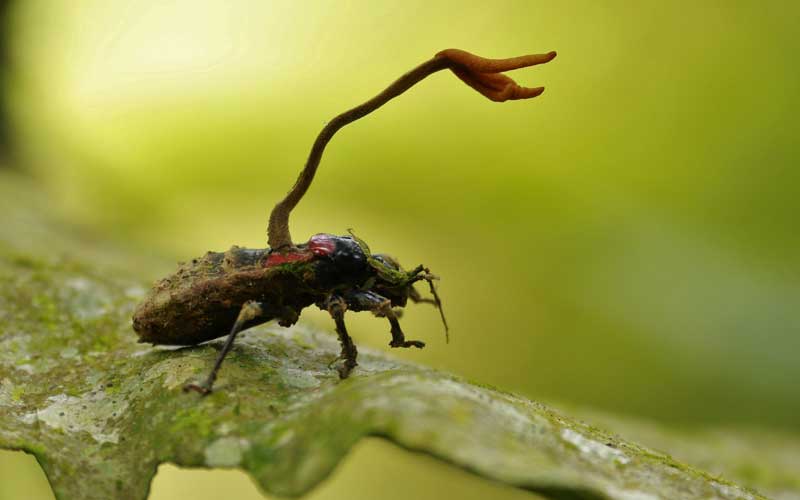 Cordyceps mushroom that has infected an insect.
Cordyceps mushroom that has infected an insect.A mushroom named Ophiocordyceps unilateralis infects living ants with its spores. The fungus spreads throughout the body of the ant, including its muscles.
Although nobody yet understands exactly how it works, the fungus then gets the ant to do something it would normally never do.
The ant finds a tree or plant and climbs up it. It then crawls under a leaf, clamps a vein of the leaf in its jaws in a death grip, and dies.
After a while the mushroom grows out of the dead ant’s head. Once mature, it releases its spores, infecting other ants on the ground below. And so the cycle continues.
Is this evidence of intelligence? Hard to say. If nothing else, it’s extraordinary that a mushroom’s mycelium can take over an insect’s body and cause it to behave in a very specific way.
Mycelium helps manage the nutritional needs of different plants and trees.
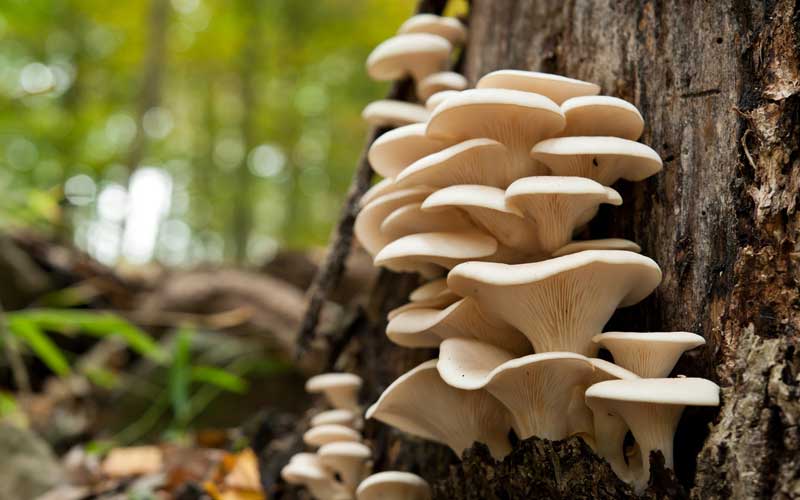
Fungal mycelium creates a communications network, and delivery superhighway between the trees and plants in a wood or forest.
The mycorrhizal fungi penetrate into the walls and cells of a tree’s or plant’s roots.
This creates a physical connection between the roots and the mycelial network, through which valuable exchanges can take place.
The mycelium extends far beyond the reach of a single tree’s roots, so it can access minerals and other nutrients that can’t be reached by the tree.
The mycelium passes these nutrients on to the tree.
But it gets something in exchange.
Trees and plants create carbon and sugars through the process of photosynthesis.
Mushrooms and mycelium can’t do that.
So, in exchange for the nutrients the mycelium passes on to the trees, the trees give back their excess carbon and sugars.
It’s an extraordinary relationship.
Mycorrhizal fungi will even create connections between parent trees and their offspring, allowing the “mother tree” to pass on nutrients to the younger trees.
The mother trees will often favour their own offspring over other trees of the same species that are close by.
But does this network represent intelligence? Or is it simply a dumb conduit?
It’s hard to imagine there is no intelligence at play, simply because the flow of nutrients is actually being managed. The exchanges aren’t random.
For example, one tree might be stressed for some reason, and be in immediate need for more water or a particular mineral. An exchange then takes place, according to that individual tree’s needs at that time.
Whether it’s the mycelium that does the accounting, or whether the trees and plants play a role in keeping count as well, there appears to be some kind of distributed intelligence at work.
Mycelium has multiple senses, and reacts in response to sensory input.
Humans have five senses, as do most mammals.
Our perception of the world relies on us engaging those senses. We then respond to that sensory input.
But few of us would look at a mushroom and think, “Of course, mushrooms have senses too.”
But they do.
Recent experiments conducted by a team at University of Alabama in Huntsville (UAH) have demonstrated that electrical messages pass between tomato plants through the mycelial network in the soil.
What is being communicated is not yet clear. But that mycelium creates the network necessary for plants to exchange these electrical impulses boggles the mind.
It turns out mycelium can do more than respond top electrical currents. It can also recognize other external stimuli like light, temperature, and moisture, in addition to certain chemicals in the environment.
As a result, scientists are working on creating biowearables, starting with a hemp fabric that has been colonized by Oyster mushroom mycelium.
Does having multiple senses equate to intelligence? Not necessarily. But it is a big part of the puzzle. It’s hard to have an intelligence in the absence of sensory input.
Is mycelium intelligent?
Ultimately, the answer to this question will depend on definitions. How do we define intelligence?
If we insist on taking our usual anthropomorphic view of all life, we might conclude that only humans are truly intelligent.
But if we allow our growing knowledge of fungi and mycelium to expand our view of what intelligence might look like… that can take us on a fascinating voyage of discovery.
My bet is on fungi being part of a distributed intelligence, all connected through a mycelial network.
Related Topics:
Fungi have sex in a variety of interesting and surprising ways.
Their range of reproductive options gives fungi a unique survival advantage. Who knew? Read the full article...
How fungi and mycelium transformed life on earth.
Follow this deep dive into the early days of fungi on our planet, and their evolution through to the present day. Read the full article...
Mushrooms and Fungi are Nature's Allies in Combating Climate Change.
In a world threatened by climate change, mushrooms and fungi can help us mitigate the harm through carbon capture and more. Read the full article...
4 Ways mushroom mycelium challenges our definitions of intelligence.
As humans we like to believe only our species is intelligent. Research into fungal mycelium is now challenging that assumption. Read the full article...

Mycelium… the underground network that connects and supports all life.
Mycelium is the miracle beneath our feet. It’s the root system of the mushrooms we see above ground, and a whole lot more. Read the full article...
Mycoremediation can help clean up large areas of polluted land and waters.
Mycoremediation is the use of fungal mycelium to help clean up oil spills, toxic soil at old industrial sites, and polluted waterways. Read the full article...
